MOONSHINE translates from English not only as 'Moonlight' but also as 'moonshine.' Symbolic and unexplainable. Traditional arak is a strong palm vodka, produced in an old-fashioned way, manually and with primitive technologies, as ancient as the idea of alcohol consumption itself.
Arak is inexpensive, easy to drink, induces a joyful and pleasant intoxication, and in the morning you wake up without a hangover, feeling refreshed as if reborn. All of this will happen if the arak is of good quality. If not, well, you're out of luck.
If you're tired of Bintang beer and don't want to spend money on imported spirits, as well as risking your health with arak that who knows made from what, then it's time for you to go to Karangasem: to the village that supplies arak to the whole of Bali.
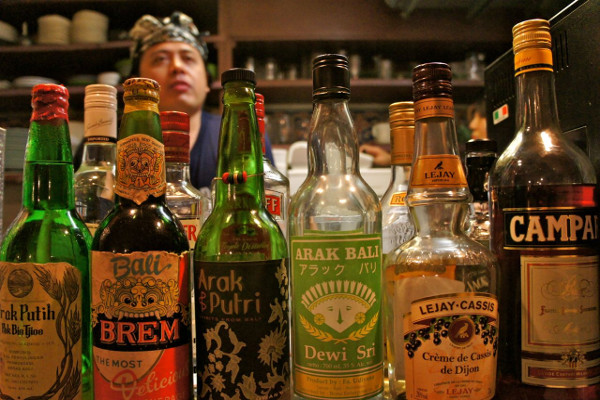
Arak Attack
Several years ago, local and Australian newspapers made a fuss over several cases where people died or went blind due to consuming arak. And these weren't just rumors – 25 people were affected. All these horrifying stories happened to people who bought arak in stores, and the bottles even had labels certifying the product. I won't claim that Balinese never make mistakes – especially considering the artisanal technology – but it wasn't Balinese arak, it was Javanese.
Now Balinese arak is experiencing a renaissance, if you can say that about a drink that never really went out of style. Let's put it this way, a reputation revival among tourists. Many popular bars in Seminyak and Canggu have started promoting arak as the best base for cocktails (better and cheaper than imported vodka) and even mention 'innovative mixology' on their menus, whatever that means.
All the arak being poured in trendy establishments now comes from one place: a few villages (mainly Tri Eka Buana) in the Sidemen area in Karangasem, where residents are fully focused on distillation.
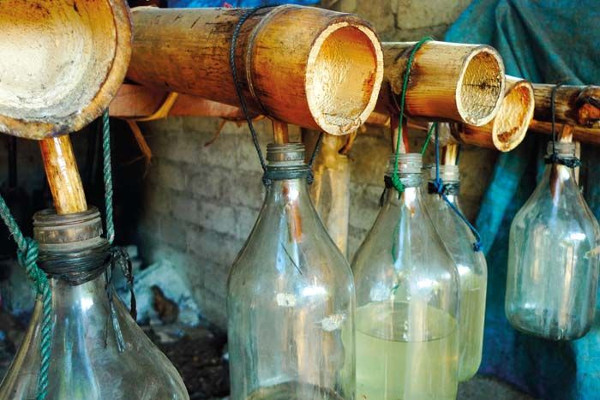
You can visit the village of Tri Eka Buana at any time without a special invitation. It's a typical Balinese village, what is commonly referred to as the "real Bali." Most residents produce arak, while others engage in farming, roosters crow, cheerful bald dogs frolic around, everyone shyly smiles – in short, it's the countryside.
Early in the morning, the most agile individuals climb the palm trees and gather coconut shoots (in the photo, they are in bamboo tubes to protect the precious shoots from birds and insects). This is the raw material, and it's called tuak.
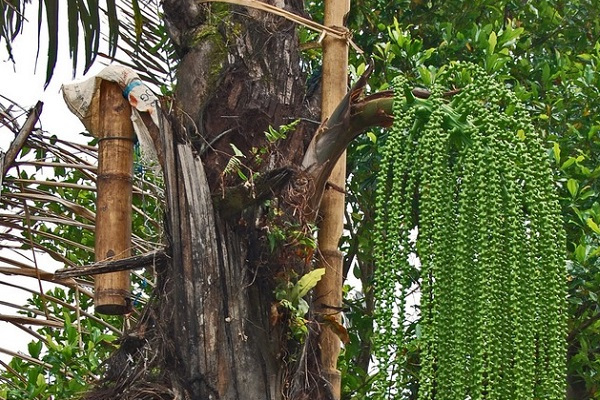
Together with finely crushed coconut shells, tuak is placed in stone vessels, allowing everything to ferment thoroughly before distillation and refining. The entire process takes at least 10 hours, and during this time, you can't be distracted even for a minute, so as not to spoil the entire batch.
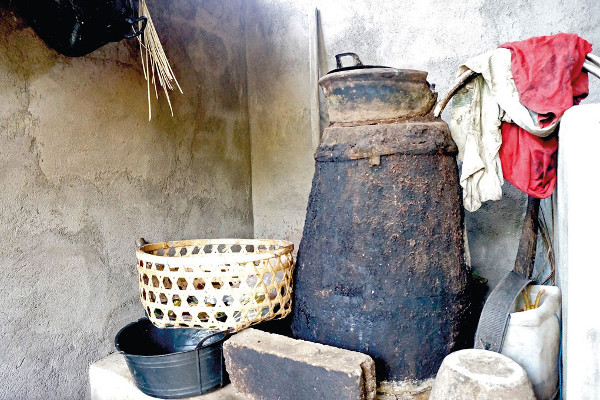
A typical pot for distillation in a regular Balinese kitchen.
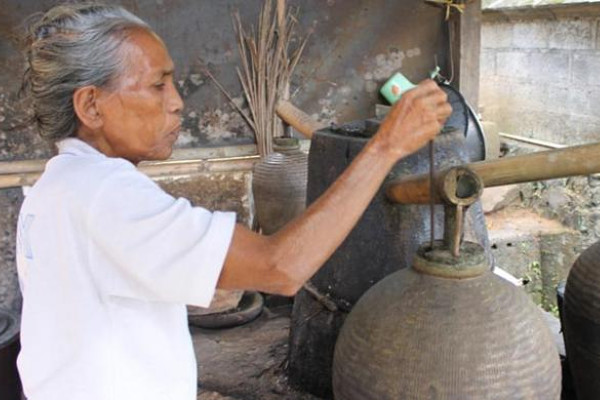
During distillation, the fermenting raw material needs to be constantly stirred.
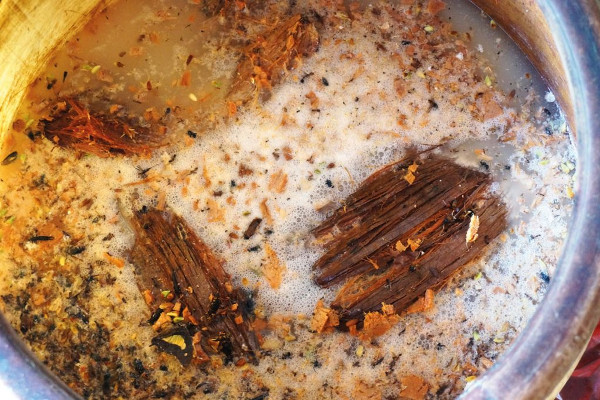
Arak as it is, before distillation.
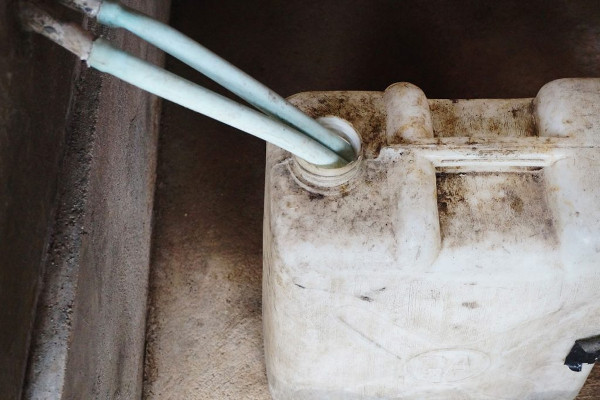
The first stage of distillation. It smells disgusting.
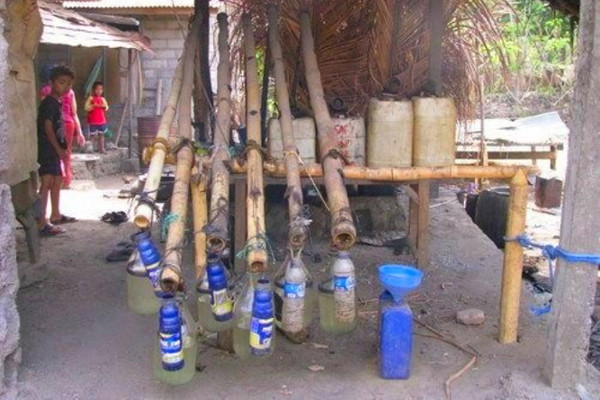
The second stage of distillation.
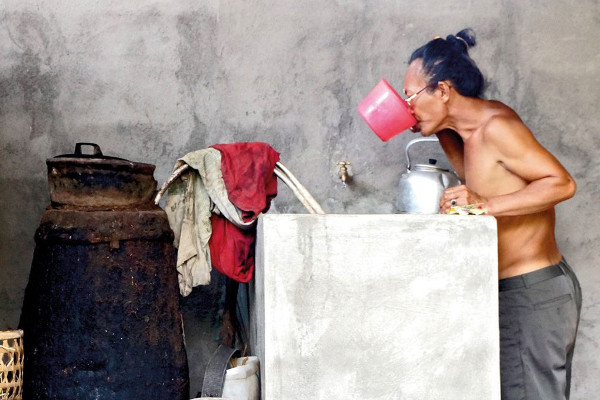
And mandatory sampling :)
Regular arak is bottled and that's it, ready to drink. But not too long ago, Balinese moonshiners came up with the idea of producing essentially pre-made cocktails: for instance, they run ready arak through jackfruit or mango, purify it again, and voilà! An aromatic and much tastier drink emerges.
Also, tailored for the less strong, delicate foreigners, they dilute it with mineral water. The typical alcohol content ranges from 30 to 50%. A small bottle costs around 20,000 to 25,000 IDR depending on its strength.
In Balinese tradition, arak is to be consumed from a single glass, passed around in a circle. A portion is downed in a single gulp; it's not customary to hold the glass for long.
Village address: Tri Eka Buana, Sidemen, Karangasem;
You can add one right now!